Blog Archives


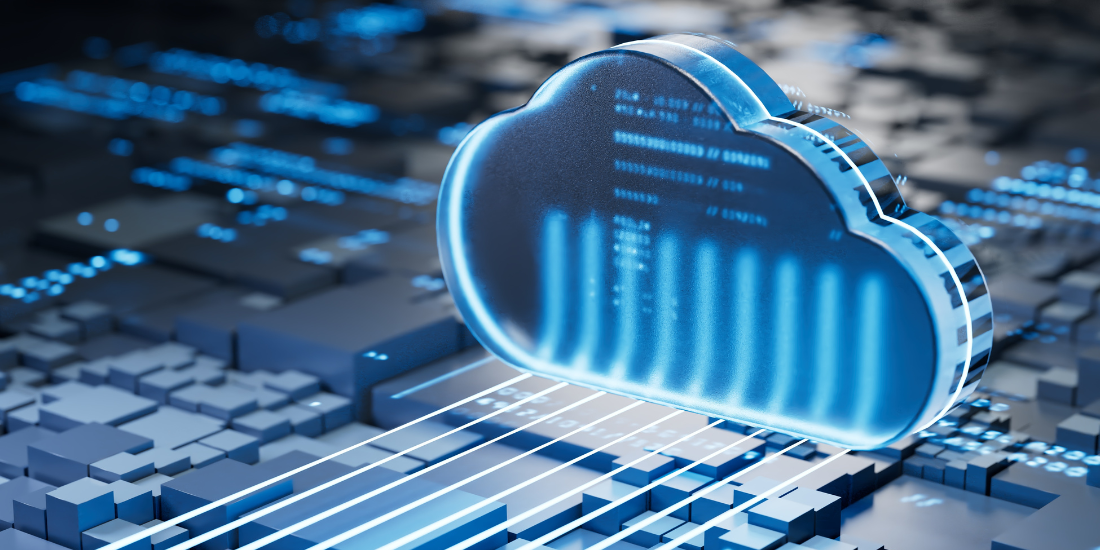
Unleashing the Power of Hybrid Cloud and Generative AI: A Most Powerful Tool for the Businesses
In the age-old dynamic digital ecosystem, businesses are forever in search of novel solutions to stay ahead of the pack. Hybrid cloud integration and generative AI are the two game-changing trends that are believed to be the catalysts to revolutionize how companies work, innovate, and compete. This amazing duo, is not simply an innovative achievement, but rather a radical transformer of the foundation of business optimization, acceleration, and expansion.
The Strategic Strengths of Hybrid Cloud and Generative Artificial Intelligence
The partnership between hybrid cloud and generative AI brings ultimately the unique benefits to the strategic level. With hybrid cloud systems, companies have the feature of flexibility, scalability, and security to overcome the challenges of current digital institutions. If generative AI is combined with the innovative powers of technology advancement, enterprises can scale on the pace of development and testing up to several times. This integration of related technologies, on the other hand, facilitates the rapid advancement of the process, individualized treatment of various needs, and more prompt reaction towards dynamic flows of the market.
According to a recently done research, hybrid cloud has been widely used by the 68% of organizations to regulate any form of Generative AI across all their undertakings. This is a manifestation of the importance of this new technology in the execution of the large-scale transformation of the enterprises for the sake of strengthening their competitive edge in the market which is getting more and more crowded.
Navigating the Challenges
While the adoption of AI generative together with a hybrid cloud is associated with many advantages, there are its impact is also accompanied with some drawbacks. Crucial points in this regard are cybersecurity threats, data as well as compliance problems. In order to overcome these perils in the most appropriate way companies must apply an integrated approach which should be backed by solid security tools, should posses strict data governance frameworks and should comply with regulatory standards. The utilization of hybrid cloud capabilities in this regard is also strategically significant as it could lead to the achievement of some of your company’s sustainability goals, consequently making this integration all the more important.
Preparing for the Future
For companies to transition into a true hybrid cloud environment, for which they are looking to leverage generative AI’s potential, they need to guide their staff towards building required competencies in handling the cloud. Generative AI’s implementation into work routine and business operations have to be a key factor for companies which want to be innovative in the nearest future.
As a closure, the implication of combining hybrid cloud and generative AI into business operations will totally change the face of business operations. Supporting dynamic partnership between these two forces, companies can do more than just fighting against the digital age effects. They can not only open up new development ways, but they can also get the whole package of innovative and sustainable results. To name a few, the hybrid cloud and generative AI are the fore runners of the changing business landscape in the days ahead. It is a visible source of assurance – a hand directing enterprises to a more agile, productive and foresightful business environment.

Microsoft Copilot: Empower productivity in the workplace
With AI embedded in our everyday lives and especially in our workspace, Microsoft has designed…
Read more 22 October, 2024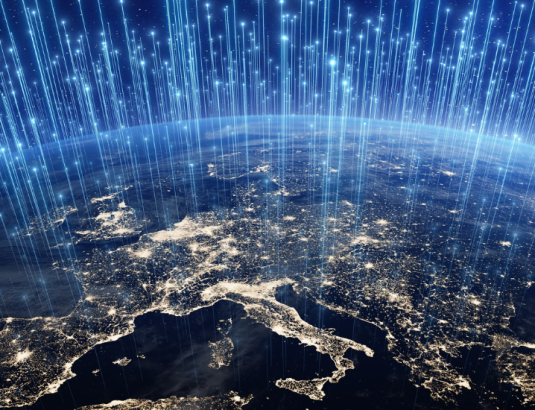
Europe’s sustainable and technological development
In recent years, we have seen the European Union investing in technological development and sustainability,…
Read more 23 July, 2024
EU AI Act: 7 key principles
Recently, the European Council adopted the EU AI Act, the world’s first comprehensive AI law.
Read more 4 July, 2024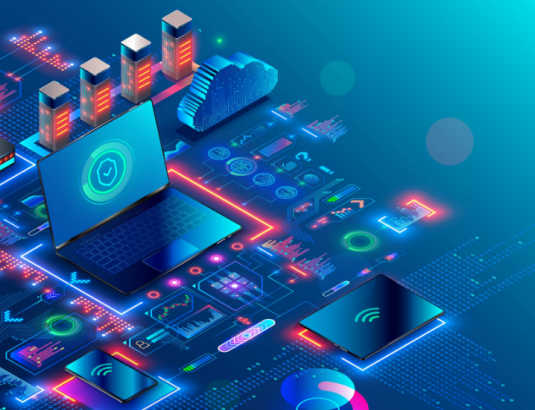
Cybersecurity in the commercial enterprise sector
Cyber-attacks are on the rise and as a result, many businesses are procuring solutions to…
Read more 17 June, 2024


The business value of Microsoft 365 Copilot
As an advanced tool in the current rapidly changing business environment, Copilot can be applied in organizations to raise their efficiency, creativity, and productivity levels. This AI-powered buddy works together with a business’s organizational data, and it uses large language models (LLMs).
In recent research by Forrester, a strong business case is recommended for adopting Microsoft 365 Copilot, with the premise that it can significantly lower costs while improving both productivity and innovative possibilities. Copilot’s merging into the routine business processes boosts performance by improving code quality for developers and facilitating more efficient information discovery and management.
Business leaders are capitalizing on Copilot in groundbreaking ways which are producing extensive results. The first users mentioned significant upgrades of the productivity and efficiency, like automating repetitive tasks, which enables the employees to be more strategic. More specifically, they have seen significant gains in the following sectors:
Boosting Productivity and Accuracy: Copilot also goes beyond auto-completion feature. It is very smart and knowing your next step; it offers alternatives for emails, documents, presentations or even the code. Studies have also found a 20% decline in the time spent on composing emails and a 10% increase in the accuracy, thus time saved can be used effectively and reduces errors. This in return enables the team to concentrate on the strategic rather than the trivial.
Empowering Everyone, Regardless of Expertise: Frequently, the new employees must undergo long training before they become productive. Copilot can be thought of as their own personal tutor who walks them through each task one step at a time, providing the needed information as they progress. Senior professionals can also ask Copilot to teach them new functionalities and enhance their expertise to some extent. This leads to the formation of a nimbler and more responsive workforce.
Unveiling Hidden Insights: The huge benefit of Copilot for business analytics can be found in the detailed insights that it offers into the outcome of its operations, and thus, its efficiency and productivity. Such data-driven approach serves the purpose of organizations to measure the return on investment of the Copilot and of course, to refine a strategy for maximum results.
Breaking Down Language Barriers: Cultural collaboration may be limited by language barriers. Copilot fills the gap by translating emails, documents, and slides to over 70 languages in real time. This creates an inclusive teamwork and the empowerment of diverse voices in your organization will eventually result in more fruitful cooperation and inspiring results. This is not just hype, this is a breakthrough that is going to change the way businesses work.

Microsoft Copilot: Empower productivity in the workplace
With AI embedded in our everyday lives and especially in our workspace, Microsoft has designed…
Read more 22 October, 2024
Europe’s sustainable and technological development
In recent years, we have seen the European Union investing in technological development and sustainability,…
Read more 23 July, 2024
EU AI Act: 7 key principles
Recently, the European Council adopted the EU AI Act, the world’s first comprehensive AI law.
Read more 4 July, 2024
Cybersecurity in the commercial enterprise sector
Cyber-attacks are on the rise and as a result, many businesses are procuring solutions to…
Read more 17 June, 2024


Performance management redefined
Performance management in the business field has evolved to be a procedure with conflicting goals which, most of the times ends up being confusing and costly. Initially developed for testing and improving employee productivity, it has become n sum of metric evaluation scores; talent decisions in effect and affirming the objectives that match individual career ambitions. The trick for organizations, is to straighten this process out and bring neatness in it so that purpose and practicality are served.
For performance management, the organizations should clearly define their goals. The focus should be on whether the aim is to gain insights into employee performance for better talent-related decisions or to enhance the employees’ performance itself. Blending these two goals can lead to confusion. The best practice is to split these goals into two different processes so that neither of them touches one another’s individual blessing as a method for ensuring each has been attended accurately.
In many organizations when it comes to performance measurement, people try their best through the attainment of employee performance data that can be utilized in effective talent management decisions. If the data you have produced is quantifiable and objective, it will be useful to demonstrate any trends that form part of your concern statement. But getting this type of clean-cut data for all workers is not always easy. Having top performers and associating the common traits or outcomes with such groups, organizations develop complex systems to quantify performance. Instead, these systems are complex and not representative of the actual workplace setting. There are more efficient ways of assessing an employee’s performance that involves easier and straightforward methods.
The underlying objective of performance measurement is to assess how an employee performs their work as best described by those that are most comfortable with them – supervisors. Since managers are in close cooperation with their employees, the latter can efficiently assess an employee’s performance regarding such aspects as work quality and timely task completion; necessary skill levels (knowledge about equipment); level of working within a team or relationship between themselves and leadership. These main aspects give a holistic picture of how an employee performs within the organization.
It may seem beneficial to ask questions about of all the aspects of an employee’s performance; however, focusing on some effective issues that directly inform talent management decisions makes the process simple and easy to manage. This method enables even greater and more systematic data collection. The key is not in the sophisticated evaluation regime, but by a straightforward measurement practice.
The question of improving performance is not confined to the issue of measuring it. Measurement may reveal potential areas for improvement but however does not always result in actual efficiency. Performance management should be about active and relevant discussions between managers and employees, who focus mainly on their current values in terms of priorities, needs, interests but exactly concerning her work. This method has been consistently successful in meeting the above benefits and can be seen in companies that advocated for regular check-ins between managers and their employees, highlighting on strengths while recognizing individuality.

Microsoft Copilot: Empower productivity in the workplace
With AI embedded in our everyday lives and especially in our workspace, Microsoft has designed…
Read more 22 October, 2024
Empowering managers with cyber knowledge
As the digital world continues to grow rapidly, cybersecurity is a priority for businesses to…
Read more 25 September, 2024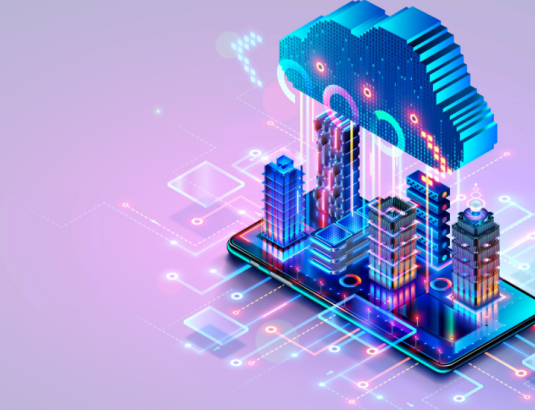
Ways private cloud brings value to enterprise business
In a constantly evolving digital landscape, businesses are looking for ways in which they can…
Read more 20 September, 2024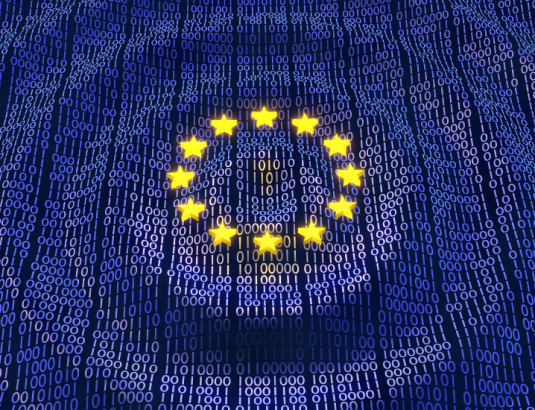
EU NIS 2-Priority on cybersecurity
The progress of digitalization is putting cybersecurity at the center of the EU’s actions, resulting…
Read more 30 August, 2024

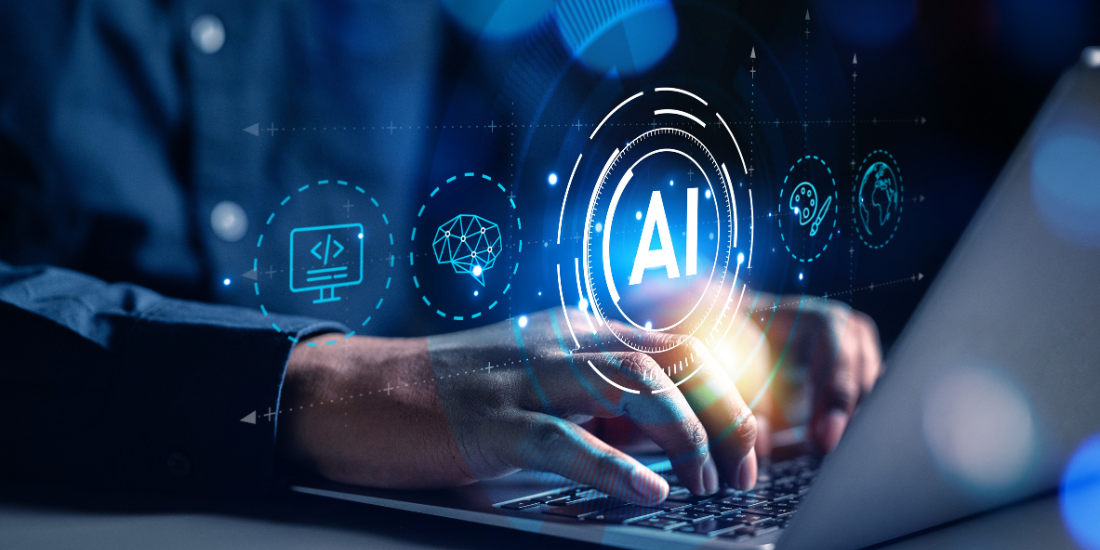
The evolving landscape of AI
2023 has seen business technology on a whole new level, and this great change in business technology came with the rise of AI and data. This trend will continue and develop in 2024, changing the character of businesses’ operation and their strategic vision.
Newly emerging AI revolution, known as Generative AI is widely discussed but still has to demonstrate its profitability. This technology promises a vast amount of transformative power, and businesses eagerly seek to make use of this “magical tool”. Most businesses are still in an experimental mode, trying to develop their experience with its practical application. Companies must figure out how to incorporate these new abilities promoted AI development into their current technological infrastructure, tasks, and operating procedures.
Second, and essential too in this AI-driven revolution is the data science which itself has begun to move into a new phenomenon. What was once individualized and had to be performed manually, it becomes automated. This evolution is reflected in the use of platforms, processes, and methodologies developed to enhance data model adoption and deployment rates. This change is illustrated with the emergence of machine learning operations systems that enable running, managing, and maintaining operational models at scale. This industrialization of data science, therefore, is not only about technology but a shift in the perspective that highlights factuality, resource productivity and scalability.
Additionally, data products are emerging as a significant element in business plans. As a result, data products that try to consolidate the functionality of data, analytics as well as AI into coherent software packages are now finding their usage being internal decision making and external customer engagement. Nevertheless, there is a level of variation in the way organizations have envisioned and adopted these data products. There are those who perceive them as core elements of their analytics and AI strategies, and others who identify them as separate entities. This divergence highlights the importance of having a proper understanding and dependable consistency in data product management.
The role of data scientists is also changing. They had been seen as the center of data science projects, but now they were partially substituted with a variety of professionals on information engineering including machine learning engineers and managers that enforce an implementation product-oriented demarcation via their work. This is partly because of the advent, citizen data science whereby business professionals having access to automated machine learning tools can now provide her input in terms of modeling and analytics.
Finally, the structures around AI and data science are shifting. First, there is the obvious trend for combining many technology and data roles under broader leadership positions. This shift seeks to simplify the process of decision-making, enhance cross collaborations, and ensure that these modern technologies support the overall direction of a business.
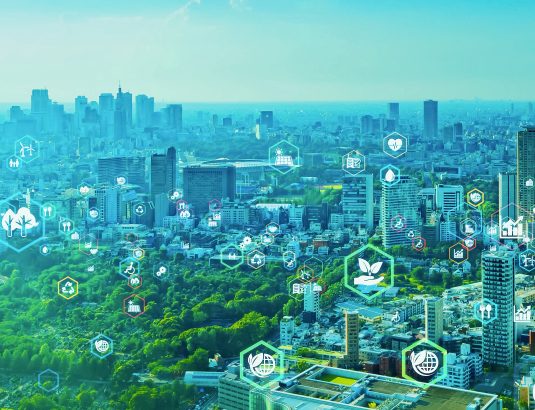
The big push towards 1.5°C and how to get there
Do you know about the 1.5°C above pre-industrial temperatures ambition?...
Read more 2 November, 2022

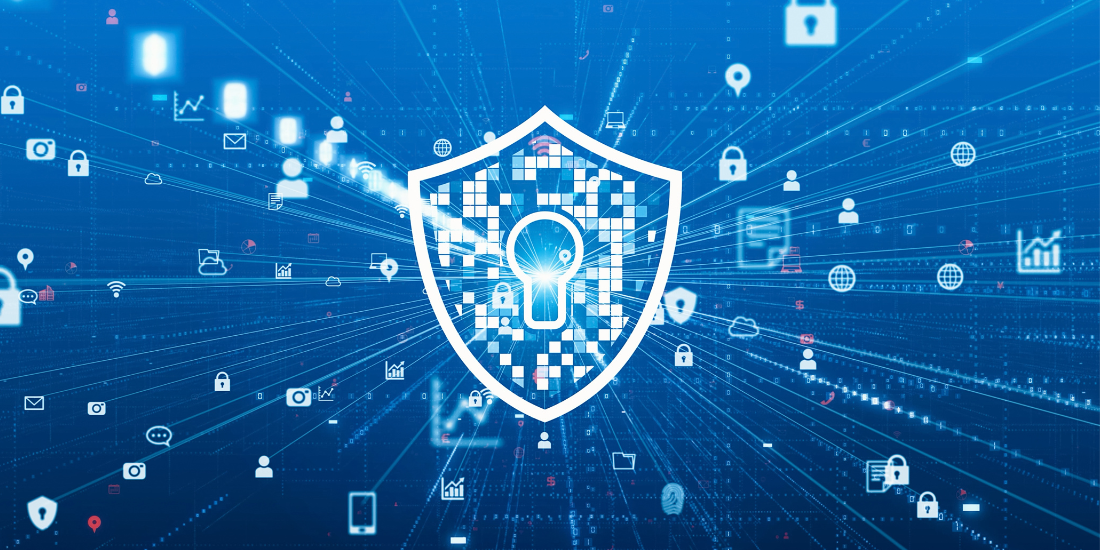
Building Cyber Resilience
It is a stage of complex and large scale cyber threats when the cyber resilience takes on a significant importance for business enterprises. Compared to standard cybersecurity, cyber resilient entails forecast and counteract effects that can be generated by such threats.
Many modern cyber attacks are outside most standard cyber-security frameworks. A recent NIST study showed that most the current cyberstrategies focus more on identity, protection, and detection with little attention on the response and recovery processes. It is also an imbalance that leaves these organizations vulnerable to failure as they make efforts to meet regulatory laws like, the US Securities and Exchange Commission requirement to comply with them.
We are unfortunately faced with a cyber defense speed inadequate for the increased speed of evolution experienced by modern cyber criminals. For example, like our bodies can be inoculated with vaccines against some of the known and unknown diseases, organizations can develop a kind of immune system that allows facing some of the well-recognized and new enemies on the Internet.
A robust cyber resilience strategy operates on four key time scales: anticipation, absorption, responsiveness, and shaping. These stages are underpinned by seven adaptive design principles: For example, Prudence, Redundancy, Diversity, and Modularity or embeddedness, Adaptation, Re-Imagining and so on.
Anticipation intends to prepare a given organization for any probable cyber-threat. Such actions would include conducting general education and drills at different organizational levels including for its IT department.
Absorption refers to the organization’s ability quickly absorb the shock of the breach. Such magnitudes of a breach are curbed through redundant systems and processes as well as different technology and operations.
Responsiveness relates to recovery measures after a successful attack on an organization. This entails prompt responses that embrace learning and subsequent scaling up of the victorious actions taken to counter the break-in.
Post-breach, in the shaping phase, institutions adopt a strategy towards better resilience and shape based on lessons learned. It includes identifying causes of problems that occurred, factors that can lead to other difficulties, and altering enterprise activities to be resilient towards the emerging threats.
It’s also important to mention that cyber resilience is more than just strong IT infrastructure. Instead, there should be a “resilience culture” within every branch of the company. This necessitates a move from mainly protection orientation to a comprehensive approach that embraces equitable resilience. However, the managed, measured and biologically inspired philosophy of cyber resilience enables companies to secure themselves against attacks while outsmarting their competitors and enemies.

Microsoft Copilot: Empower productivity in the workplace
With AI embedded in our everyday lives and especially in our workspace, Microsoft has designed…
Read more 22 October, 2024
Empowering managers with cyber knowledge
As the digital world continues to grow rapidly, cybersecurity is a priority for businesses to…
Read more 25 September, 2024
Ways private cloud brings value to enterprise business
In a constantly evolving digital landscape, businesses are looking for ways in which they can…
Read more 20 September, 2024
EU NIS 2-Priority on cybersecurity
The progress of digitalization is putting cybersecurity at the center of the EU’s actions, resulting…
Read more 30 August, 2024

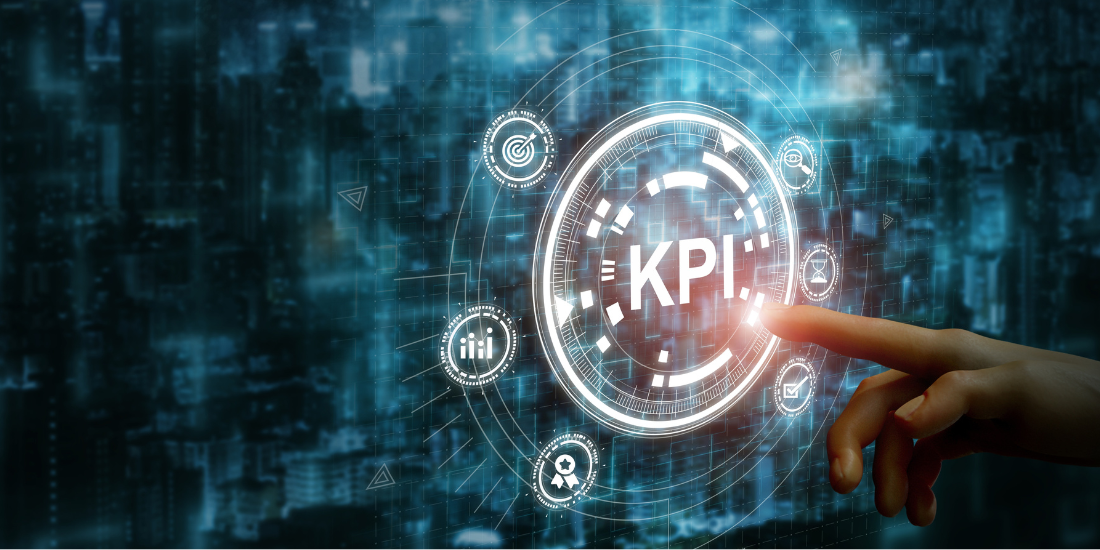
How AI transforms KPIs
The role of KPIs in a modern-day business market is not debatable. Therefore, KPIs act like a navigational compass that provides direction for companies towards the set strategic goals. Nevertheless, the development of technology and markets is rapidly growing. Therefore, their approaches to bettering these KPIs are radically changing these days. Artificial Intelligence (AI) has increasingly gained popularity as an integrative tool for improving and restructuring KPIs.
Normally, KPIs have been retrospective based on historic performance that is used to make decisions for future purposes. This strategy is of great use but is nowadays increasingly compensated and sometimes superseded with forecasted indicators assisted by AI. In this regard, KPIs become predictable as companies can anticipate forthcoming trends because there is an aspect of ‘predictability’ in AI.
Optimization of conversion rates is also one of the ways in which AI is revolutionizing KPIs. For example, in a marketplace, artificial intelligence can sort out massive volumes of information in order to see trends and predict consumer conduct behaviors. With this ability, firms can change tactics as they go and consequently create more efficiency and income. Moreover, the predictive analysis of AI not only improves the already existing KPIs, but it additionally assists in developing other more appropriate metrics aligned with modernized business setting.
Using AI to define KPIs presents several advantages to businesses. It is usually more specific, involves schedule, and is geared towards supporting the company’s strategic goals. This makes more financial benefit while enhancing efficiency.
In addition, AI enhanced KPIS create new connections between the different indicators allowing looking at the firm from the point of different perspectives.
However, many organizations still rely on human judgment to make decisions about KPI management.
Human expertise is unmatchable but basing on it alone typically leads to less-than desirable results. Yet, companies applying artificial intelligence for structuring their main indicators of performance are more likely to spot a change in the metrics and to see a progress in the business expansion.
Nevertheless, the road leading for AI enhanced KPIs faces several obstacles. There is need for cultural change at both managerial and workforce levels. On their part, organizations will be required to spend money in AI projects and develop related data infrastructure. It will also be necessary for them to instill a culture of using data informing the process of making decisions.
Summarizing, the intelligent KPIs based on artificial intelligence will determine the direction in which strategic business measurement will go in the future. On the other hand, these KPIs are better as they allow for anticipation in addition to quantifying performance outcomes of businesses. In today’s changing and unpredictable world, corporations that recognize the significance of artificial intelligence (AI) for implementing and operating their key performance indicator (KPI) strategy are more likely to have an edge over competitors.

Microsoft Copilot: Empower productivity in the workplace
With AI embedded in our everyday lives and especially in our workspace, Microsoft has designed…
Read more 22 October, 2024
Europe’s sustainable and technological development
In recent years, we have seen the European Union investing in technological development and sustainability,…
Read more 23 July, 2024
EU AI Act: 7 key principles
Recently, the European Council adopted the EU AI Act, the world’s first comprehensive AI law.
Read more 4 July, 2024
Cybersecurity in the commercial enterprise sector
Cyber-attacks are on the rise and as a result, many businesses are procuring solutions to…
Read more 17 June, 2024